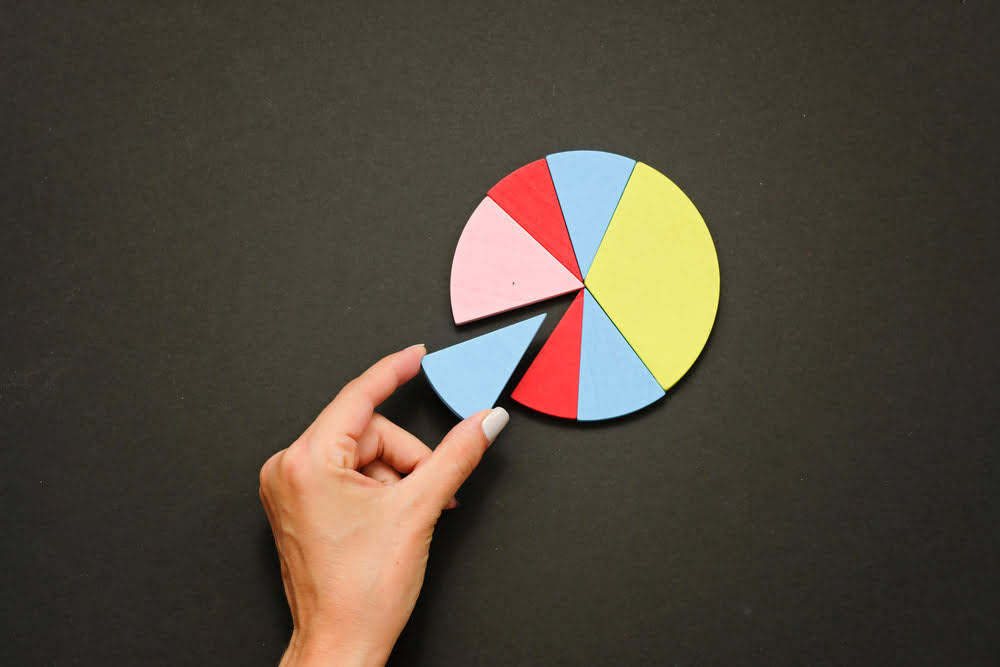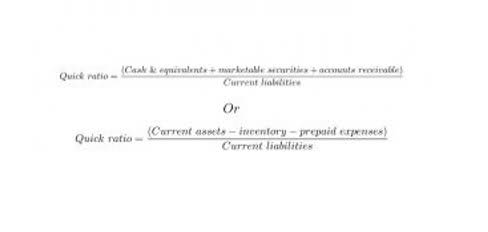
The total cost formula is used to derive the combined variable costs and fixed costs of a batch of goods or services. It essentially allocates all costs incurred to the number of units produced over the measurement period. This information can be useful for evaluating the total cost of a product or product line, and may indicate whether you need to reduce your overall cost structure in order to increase profits. Once you have determined your production costs it will be easier to create a realistic budget. You can use the total cost function formula to determine the exact production cost of a fixed number of goods or services within the time frame.
Costs that are not included in COGS:
In an industry with notoriously low petty cash profit margins, every cent counts. To increase the price without outpricing customers, Johnny could aim for a food cost percentage of 28%, which prices the Johnny Burger at $15.70. Before you determine the price of your restaurant’s meals, you have to know how much they cost to make. Specifically, you need to figure out how much it costs your restaurant to make one serving of each item on your menu. In this section, we’ll cover how to calculate your food cost per serving.
Benefit #2: Helps make informed pricing strategies to stay competitive
- Using a cost breakdown structure is an essential part of project cost management and resource management.
- Let’s take a moment to create a hypothetical project and run through a general cost estimate example to see how this process works.
- Both product under-pricing and overpricing bring losses to the entity.
- We calculate average fixed costs by dividing the total fixed costs by the output level.
- These are costs composed of a mixture of fixed and variable components.
- The next step is to calculate the costs of utilities (electricity, water, or gas) that are directly used in the manufacturing process (for example, fuel used to operate the production equipment).
- Operating expenses include all of the above except the interest and tax expenses.
The variable cost function helps companies determine production volumes. The break-even point refers to the minimum output level in order for a company’s sales to be equal to its total costs. While product costs are directly tied to the creation and development of a software product or technology solution. Period costs are the expenses that a company incurs during a specific accounting period but aren’t directly related to the product’s development.

How to calculate the total variable cost?
This notion plays a key role in cost control, strategic decision-making, and overall profitability assessment. It’s a lever available to every company to ensure sustainable growth. However, calculating the cost price isn’t always so simple in practice. The exercise how to find cost becomes more complex when a company simultaneously sells several product categories or when dealing with seasonal production, for example. An average product cost per shirt of $103 is then determined by dividing the total annual product cost of $2.23 million by the annual production of shirts. The company should charge an amount higher than $103 per piece of its shirts.
- The amount paid to purchase a good or the price at which a product or good is made is known as its cost price.
- Variable costs are commonly designated as COGS, whereas fixed costs are not usually included in COGS.
- Artificial intelligence simplifies this process by automating cost tracking, identifying pricing anomalies, and forecasting future changes.
- Large increases or decreases in a company’s output can lead to variable costs in categories like utility bills, payroll, or distribution.
What Is a Project Cost Breakdown?

So for the first equation with a total cost of 34Q3 – 24Q + 9, the average total cost is 34Q2 – 24 + (9/Q). When total costs are Q + log(Q+2), average total costs are 1 + log(Q+2)/Q. A good food cost percentage typically ranges from 28% to 35% in the restaurant industry, though this can vary based on the type of restaurant, the cost of ingredients, and the pricing strategy.
- Printing cost per page will tell you the average cost to print a page on your printer which is very helpful in keeping your printing costs in control.
- On the income statement, the cost of goods sold (COGS) line item is the first expense following revenue (i.e. the “top line”).
- Fixed costs only change when you enter into new contractual agreements or cost schedules.
- The special identification method uses the specific cost of each unit of merchandise (also called inventory or goods) to calculate the ending inventory and COGS for each period.
- Both percentages are acceptable according to the context of the restaurant.
- Once you’ve calculated all your costs, it’s time to work out how much it costs to produce each individual unit or product.
These divisions reflect how expenses change when a business’s sales or productivity changes. If you know the variable costs of production per unit and total production costs, you can calculate the fixed costs. Unlike fixed costs, these types of costs fluctuate depending on the production output (i.e. the volume) in a given period.
What is restaurant food cost?

Companies with business models characterized as having high operating leverage can profit more from each incremental dollar of revenue generated beyond the break-even point. As a company with high operating leverage generates more revenue, more incremental revenue trickles down to its operating income Accounting for Technology Companies (EBIT) and net income. Here in our example, we assume a gross margin of 80.0%, which we’ll multiply by the revenue amount of $100 million to get $80 million as our gross profit. The following list contains common examples of variable expenses incurred by companies.
Add Comment
Only active ALBATROSS Racing Club members can post comments